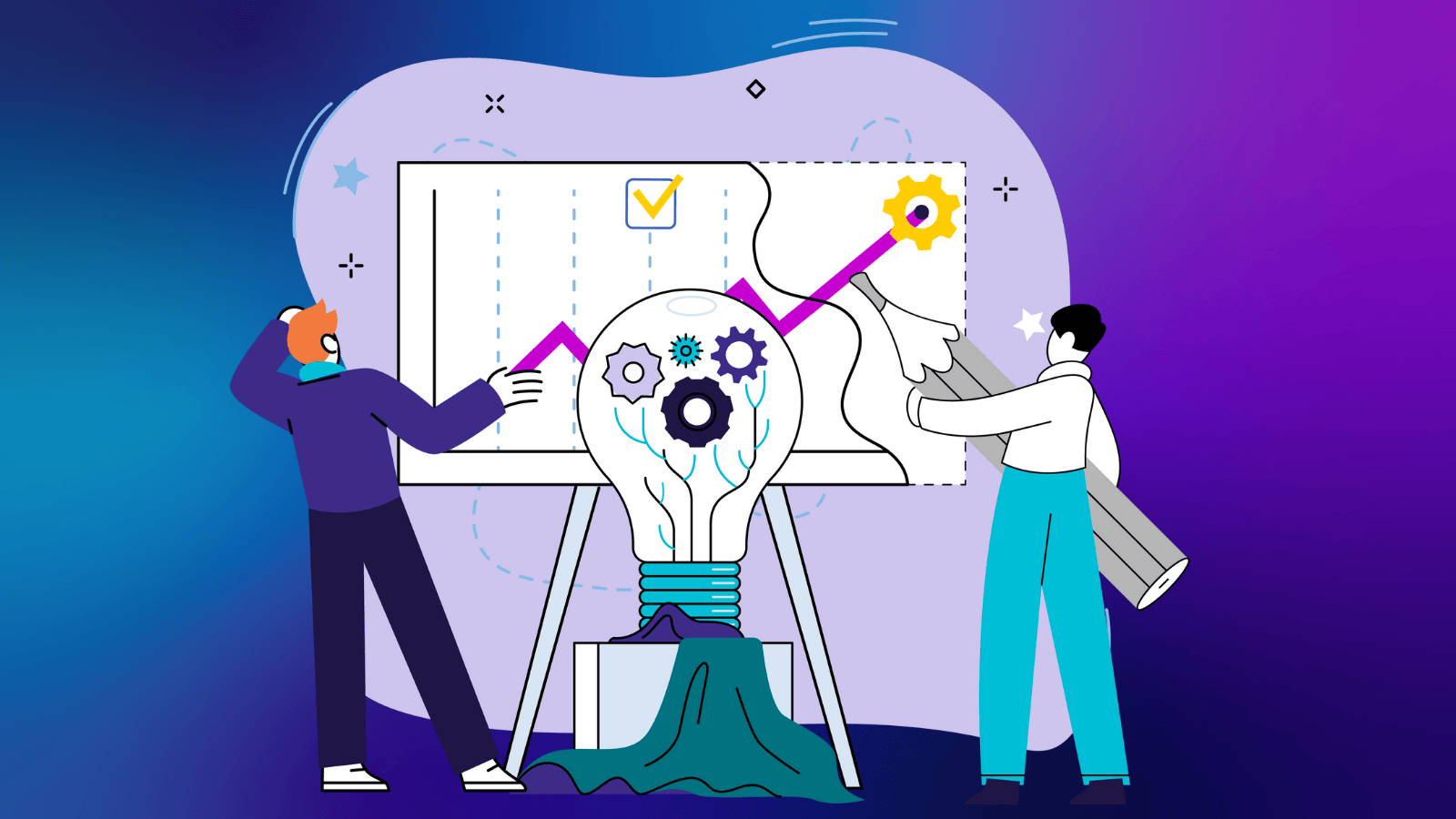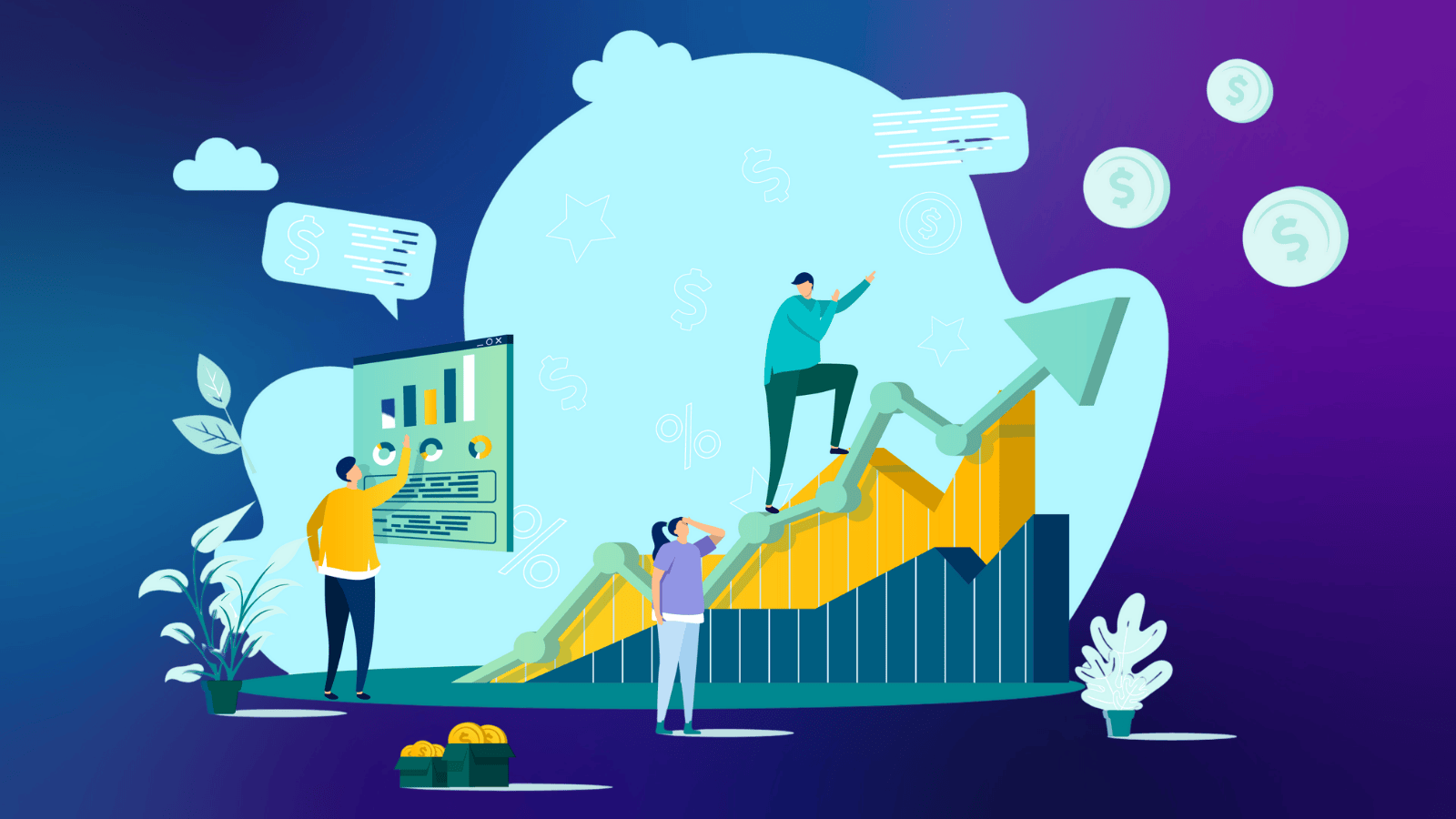How Top Performers Accelerate Sales Cycles

Many of the businesses I’ve spoken to recently have expressed difficulty in closing deals quickly—processes that once took weeks now often stretch into months, and skepticism among prospects appears to be the default stance. In fact, according to Sopro, 86% of B2B purchases stall during the buying process.
Luckily, as much as things change, they stay the same. Over my 25-year career as a sales leader, I’ve learned that accelerating sales cycles comes down to two crucial elements: effectively selling to executives and building buyer confidence. It sounds simple, but in practice, moving deals forward with urgency requires an executive mindset, keen insight into a prospect’s business and the ability to position yourself as a trusted advisor. With this in mind, let’s dive into the proven, value-based tactics that top performers use to close deals with urgency.
Adopt an executive mindset to accelerate sales cycles
Executives are paid to make the tough calls—whether that’s radically simplifying product lines, committing to an aggressive, multi-year strategy or redefining core GTM motions—they face tremendous pressure to act decisively and with urgency. They can’t afford to waste time diving into product features or considering canned ROI projections. To avoid common bottlenecks in your sales process, sales professionals must partner with these individuals early in the sales cycle, and do so with credibility and precision. Here’s a time-tested checklist to help sellers show up as trusted advisors:
- Develop financial literacy and business acumen: With the advances in AI, it’s safe to say that no salesperson should have to waste time reading an annual report. Many tools can comb through a company's financials to offer insight into its health and help sellers craft compelling questions that pique an executive’s interest. However, once they’ve earned the meeting, they must be able to further the conversation with the same degree of credibility and insight—that’s where business acumen training comes in. Sales professionals need a crash course in the fundamentals and structured training that develops critical thinking, enabling them to turn the insights that AI surfaces into natural and impactful business conversations.
- Forget about product features: Executives don’t have time for product demos. Instead, salespeople must focus on deepening an executive’s understanding of their critical business problems and showcasing how your offerings provide the ideal solution. Equipping reps with a strategic questioning process is your best bet. Not only does it enable salespeople to better understand the problems worth solving, but it also provides them with a framework to steer the conversation and reorder critical problems so that the ones you can uniquely solve are at the top of the list.
- Forge cross-functional relationships: Even if you’re dealing with a C-suite executive, don’t miss the opportunity to multi-thread. Creating relationships across the organization has three powerful benefits: First, it enables you to gain a better understanding of the extent of the problems and craft a more powerful solution and business case; second, it helps you identify and prepare internal champions who can advocate on your behalf; third, it provides you with the chance to expand the initial opportunity significantly.
Build buyer confidence during sales cycles
To earn the confidence of C-suite buyers, sellers must move beyond credibility theater and into the role of trusted business advisor. Instead of another vendor reciting product benefits, executives need a partner who can help de-risk a decision and provide real business impact. This starts with a shift in posture: Build confidence by co-authoring a mutual success plan that aligns directly to the executive’s priorities and provides a viable roadmap to value realization. Anchor value to strategic, measurable metrics over generic ROI. Every recommended step. However, insight alone isn’t enough. Confidence is contagious, so bring proof. Share high-credibility testimonials, e.g., customer videos, third-party analyst reports or quantified results from an executive’s peers who’ve already walked the path.
Another tactic for accelerating a sales decision and building buyer confidence is the to the top-to-top method: Involve one of your own senior executives to engage theirs. This elevates the dialogue, reduces perceived risk and communicates that your company is equally invested in their success. Finally, confidence is reinforced through consistency: Drive clear next steps, summarize every interaction in executive-level language and deliver on every commitment. ValueSelling provides the structure, but it’s your discipline, relevance and ability to de-risk the unknown that builds the trust executives need to act.
Warning signs your deal is slowing down—and how to re-accelerate
Now that you’re on the path to faster sales cycles, you might be thinking, “What should I watch out for?” Start with Communication patterns. Warning signs include delayed email responses, vague or incomplete replies and meetings that are frequently rescheduled. Stakeholder changes can also signal problems. New participants joining late in the process, loss of key champions or additional approval steps being added often indicate internal resistance or changing priorities. Also, be on the lookout for common process delays in larger companies, such as additional requirements from security, legal or procurement teams.
In the end, it all comes down to value. If you feel your sales cycle slowing down, lean on your mutual plan documents and present the prospect with the agreed-upon priorities in their own words. Another proven tactic is to highlight the cost of inaction—sometimes, doing nothing can be far more costly. Remember: If the problem is truly urgent and worth solving, there’s always an opportunity to get the deal back on track.
Ultimately, sales cycles don’t stall because buyers lose interest, but when sellers fail to maintain relevance, build confidence or demonstrate value in the context that matters. Top performers accelerate sales cycles and outcomes by thinking like business leaders, speaking the language of impact and showing up as credible, consistent partners. With the right mindset, tools and intent, every sales professional has the power to reframe inertia as opportunity and help buyers move forward with clarity and conviction.
FAQs about accelerating the sales cycle
What is the 70/30 rule in sales?
The 70/30 rule holds that winning a deal is 70% about building strong relationships and 30% about product knowledge. While understanding your offering is essential, it’s your ability to build credibility, align with executive priorities and earn trust that moves deals forward. Strong relationships are built on relevance, consistency and a deep understanding of the buyer’s business. ValueSelling equips sellers to do exactly that—engage as business partners, guide strategic conversations and provide the clarity and confidence executives need to take action.
What are the most common sales cycle stages in complex B2B sales?
A typical B2B sales cycle moves through seven interconnected stages: prospecting, qualification, discovery, value quantification and proposal, handling objections, negotiating and closing, and post-sale follow-through. Each stage presents a unique opportunity to differentiate. High-performing sellers don’t treat these as isolated steps, but as a continuous, value-driven dialogue that builds momentum and drives mutual commitment.
What is the difference between sales acceleration and sales velocity?
Sales velocity measures the speed at which a buyer progresses through the sales process, from initial contact to deal closure. Sales acceleration refers to the process of enhancing sales velocity, which can encompass various factors, including revenue technology implementation, sales process refinement, sales methodology adoption, and sales training and coaching.
How does the ValueSelling Framework help shorten the sales cycle?
The ValueSelling Framework provides a structured approach that helps sellers guide buyers to value realization. By focusing on the buyer’s crucial business issues and connecting them to the benefits of your solution, you shorten the sales cycle by creating urgency and better position yourself as a trusted advisor throughout the sales process. ValueSelling also provides a common language for all GTM teams, accelerating the time from marketing contact to closed-won opportunity.
What’s the difference between a sales cycle and the sales funnel?
The sales cycle refers to the step-by-step process a seller follows to move a deal from first contact to close. It's the tactical journey of how opportunities are created, qualified and converted. In contrast, the sales funnel is a strategic model that visualizes the volume and progression of all active opportunities across stages. While the sales cycle focuses on individual deals, the funnel offers a broader view of pipeline health and conversion rates. Understanding both is essential because the cycle enables sellers to execute with precision, while the funnel helps leaders to forecast with confidence.
Explore More









